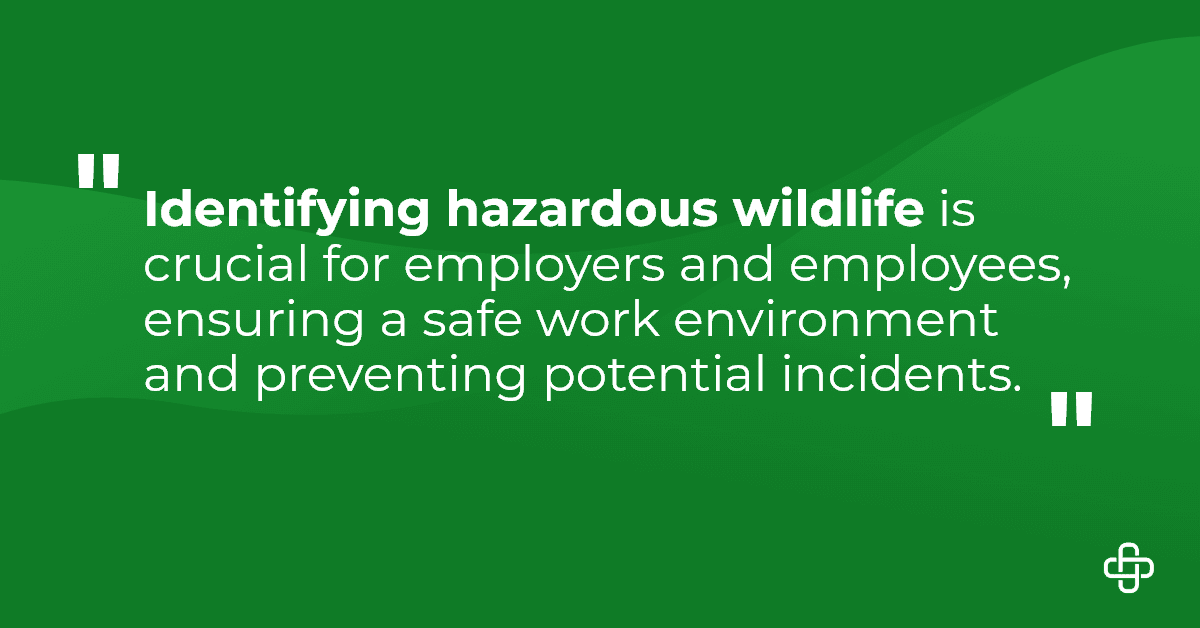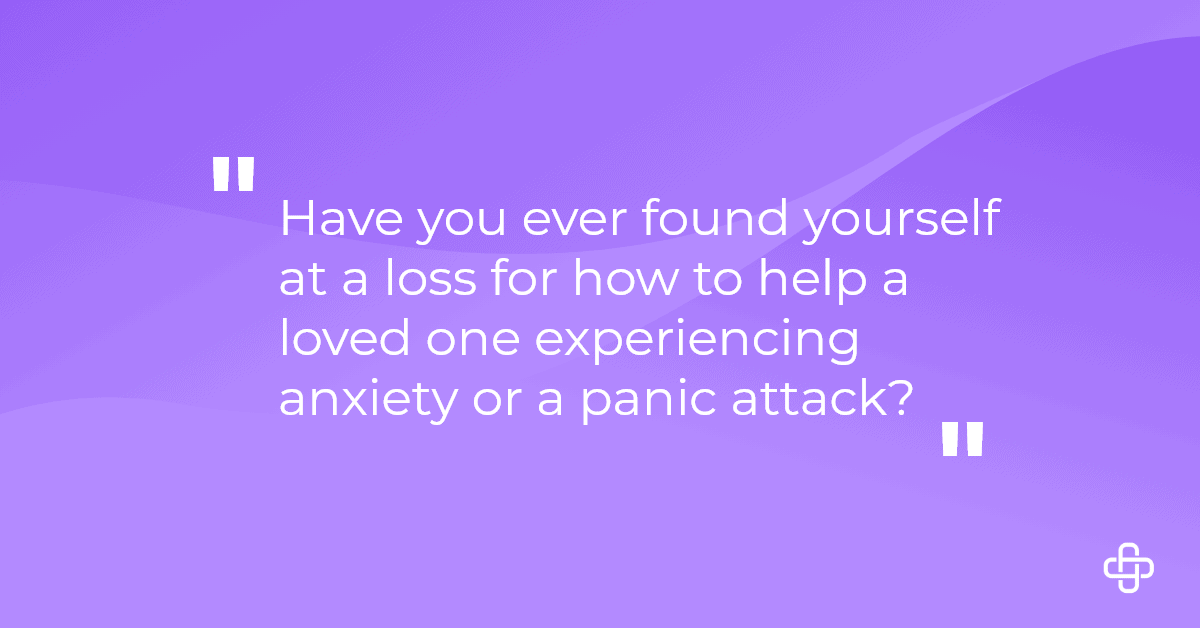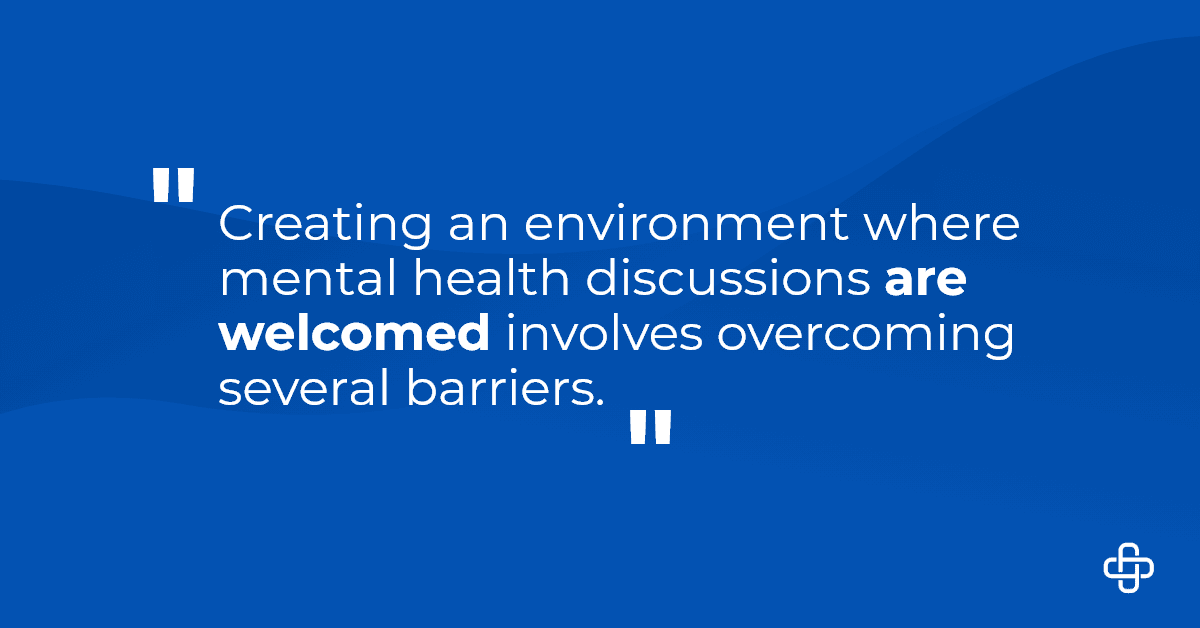Why a Mental Health Initiative?
Some of the most important and challenging priorities for HR and benefits include managing cost increases, workforce planning, mental health & well-being for employees, and talent acquisition & recruitment. We know that HR professionals are often juggling multiple tasks and responsibilities. So, can you do it all?
Among the many challenges workplaces face, the people within the workplace have their own battles. More than 20% of our workforce at any given moment has a diagnosable mental health condition like anxiety or depression, but there is more…
- Anxiety and depression alone cost the global economy $1 trillion.
- 92% of employees experience mental health challenges that impact their work.
- 8 in 10 workers say that employer support for mental health is an important consideration when evaluating job opportunities.
- $10,000 additional healthcare cost for depressed employees.
- $4,000 employee replacement cost.
- Average of 27 missed days per year for employees with mental health symptoms.
The statistics don’t lie. The average turnover rate in the U.S. continues to steadily climb. According to the Bureau of Labor Statistics, it’s 47.2% across all industries. The percentage of adults who experience at least one form of mental illness has increased by 6% over the last two years and continues to rise.
There has always been a need to address mental health in the workplace, but now more than ever, addressing mental health and applying the right treatment is vital to the health of your organization. The human impact is overwhelming, but there is also a direct impact on your organization.
Good for people and good for the business.
Who Takes the Lead?
Mental health has a ripple effect throughout the workplace, posing significant challenges. This wave of challenges: burnout, attracting and retaining talent, improving productivity, enhancing employee engagement, and lowering employee turnover – is familiar in every workplace. Challenges that impact every role within an organization, but who should step up to the plate to strike them out?
The leaders of change initiatives for an organization, the professionals skilled at connecting change initiatives and strategic needs, the individuals shaping organizational culture, and the human resources professional within the modern workplace.
Failing to support employees’ mental health comes at an emotional and financial cost. 80% of those treated for mental illness report improved satisfaction and efficiency. Organizations benefit from lower medical and disability costs, reduced absenteeism, and better productivity. All the while, the people within the organization, the employees, benefit from improved health and well-being.
Where to Start?
The world of business is trained to look for ROI on every dollar.
Managing cost increases can be challenging, but the fundamental health plan is often the key to reducing costs. As a program matures, it delivers a greater return.
The right mental health initiative can provide these key elements of cost saving:
- Disability Costs- Support during short-term disability and return to work facilitation leads to reduced long-term disability claims.
- Hiring Costs- Decreased voluntary turnover related to mental health issues by supporting employees in need.
- Productivity Costs- Improve employee engagement: attitudes, attentiveness, and intensity of effort related to work.
- Healthcare Costs- Employees with mental health conditions make 6x as many visits to the ER and submit 2 to 4x as many medical claims compared to the general population.
The good news? Investing in mental health in your organization pays off with a return on improved productivity and health by treating mental health disorders.
How to Bring it Full Circle
As an HR professional, you understand the importance of employee well-being. And as we continue to navigate through unprecedented times, it’s more crucial than ever to prioritize mental health in the workplace. However, with so many tasks on your plate, it can be overwhelming to know where to start, let alone pitch the idea to leadership and secure a budget.
Let’s explore the pain points for various roles you might encounter and how to pitch your new employee behavioral health program during this process:
Human Resource Manager
You’re already stretched thin and adding another program to your plate seems daunting. Plus, you’re not sure how to measure the success of a mental health program.
Say This:
- Remind them that a mental health program can alleviate some of their workloads by providing employees with the support they need to manage their own mental health. Highlight that a successful program can result in higher productivity, lower absenteeism, and increased employee engagement.
Safety Manager
You’re concerned about how mental health issues could impact safety on the job.
Say This:
- Emphasize that mental health is an integral part of overall safety on the job and that addressing it proactively can prevent safety incidents from occurring.
Risk Manager
You’re worried about the potential liability and legal risks that come with implementing a mental health program.
Say This:
- Point out that investing in a mental health program can mitigate legal risks and reduce liability. A well-implemented program can provide employees with the tools they need to manage their mental health, reducing the likelihood of lawsuits or legal issues.
Legal Department
You’re focused on compliance and concerned about potential lawsuits or legal issues related to mental health in the workplace.
Say This:
- Stress that a mental health program can help the company stay compliant with regulations related to mental health in the workplace. An effective program can provide training to managers and employees on mental health, reducing the risk of legal issues.
Procurement Department
You’re hesitant to spend money on a new program without a clear ROI or a guarantee that it will be effective.
Say This:
- Share data on the ROI of mental health programs, including statistics on decreased absenteeism, increased productivity, and improved employee retention. Highlight that a well-implemented program can save the company money in the long run.
CEO
You’re focused on the bottom line and may not see the immediate value in investing in mental health programs.
Say This:
- Help them understand that investing in a mental health program is an investment in the company’s most important asset: its employees. A successful program can result in increased productivity, higher engagement, and better retention rates.
CFO
You’re hesitant to allocate funds to a program that doesn’t have a clear financial benefit.
Say This:
- Provide data on the financial benefits of investing in mental health, including increased productivity and decreased healthcare costs. Point out that a successful program can save the company money in the long run.
Board of Directors
You’re focused on the overall strategy and may not understand the impact a mental health program can have on the company’s success.
Say This:
- Show them that a mental health program is an integral part of the company’s overall strategy. By investing in employees’ mental health, the company can improve its bottom line, increase employee engagement, and reduce the risk of legal issues.
Building a mental health program is a crucial step in supporting employee well-being, but it can be overwhelming to know where to start. By understanding the pain points of various roles and crafting a strong pitch that addresses their concerns, you can successfully secure buy-in from leadership and secure a budget for your program. Remember, investing in employees’ mental health is an investment in the company’s success.
Charli Pedersen works for Axiom Medical as their Content Marketing Specialist. She has her bachelor’s degree in English, Professional and Technical Writing and previous experience with creating content for businesses and non-profit organizations.













